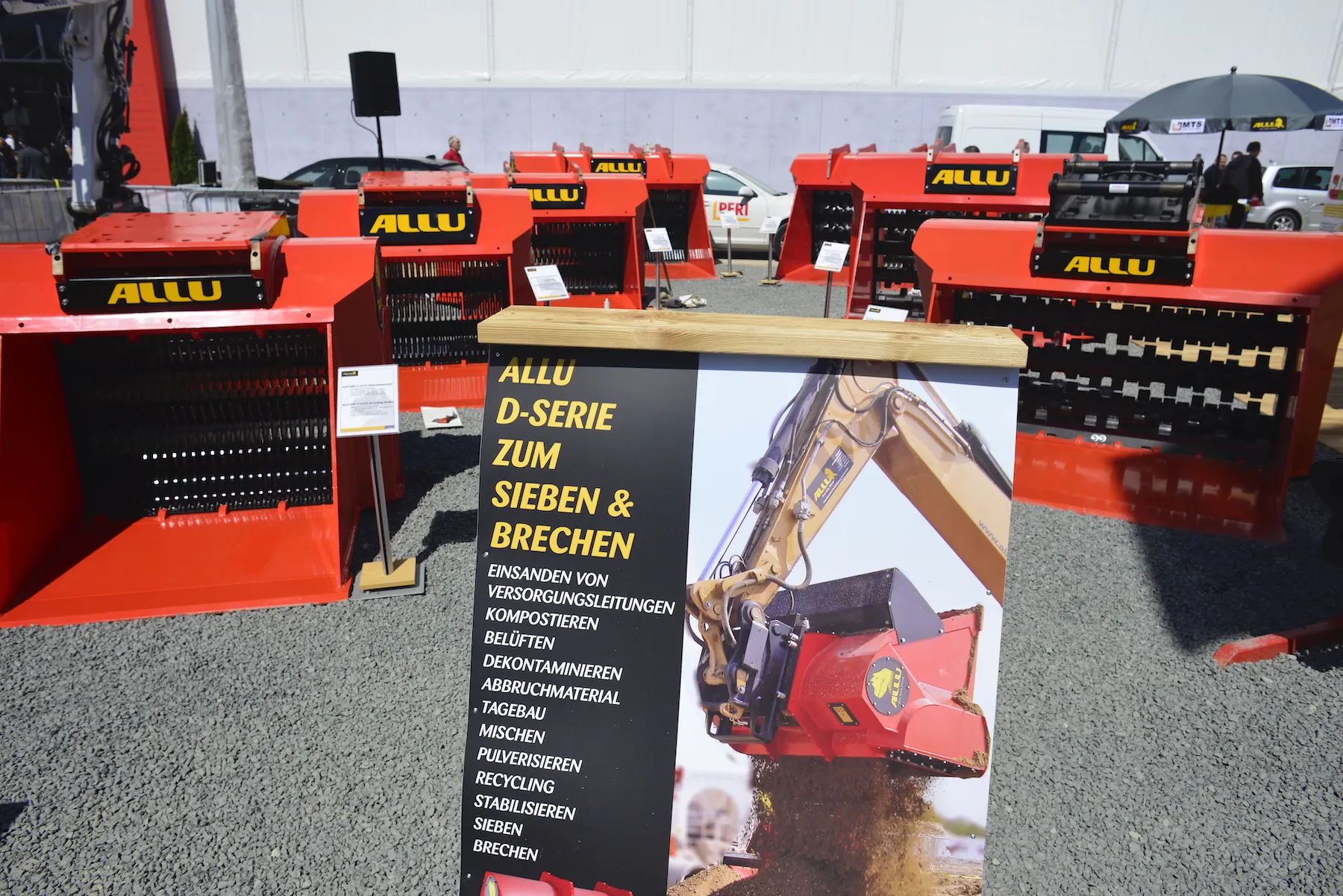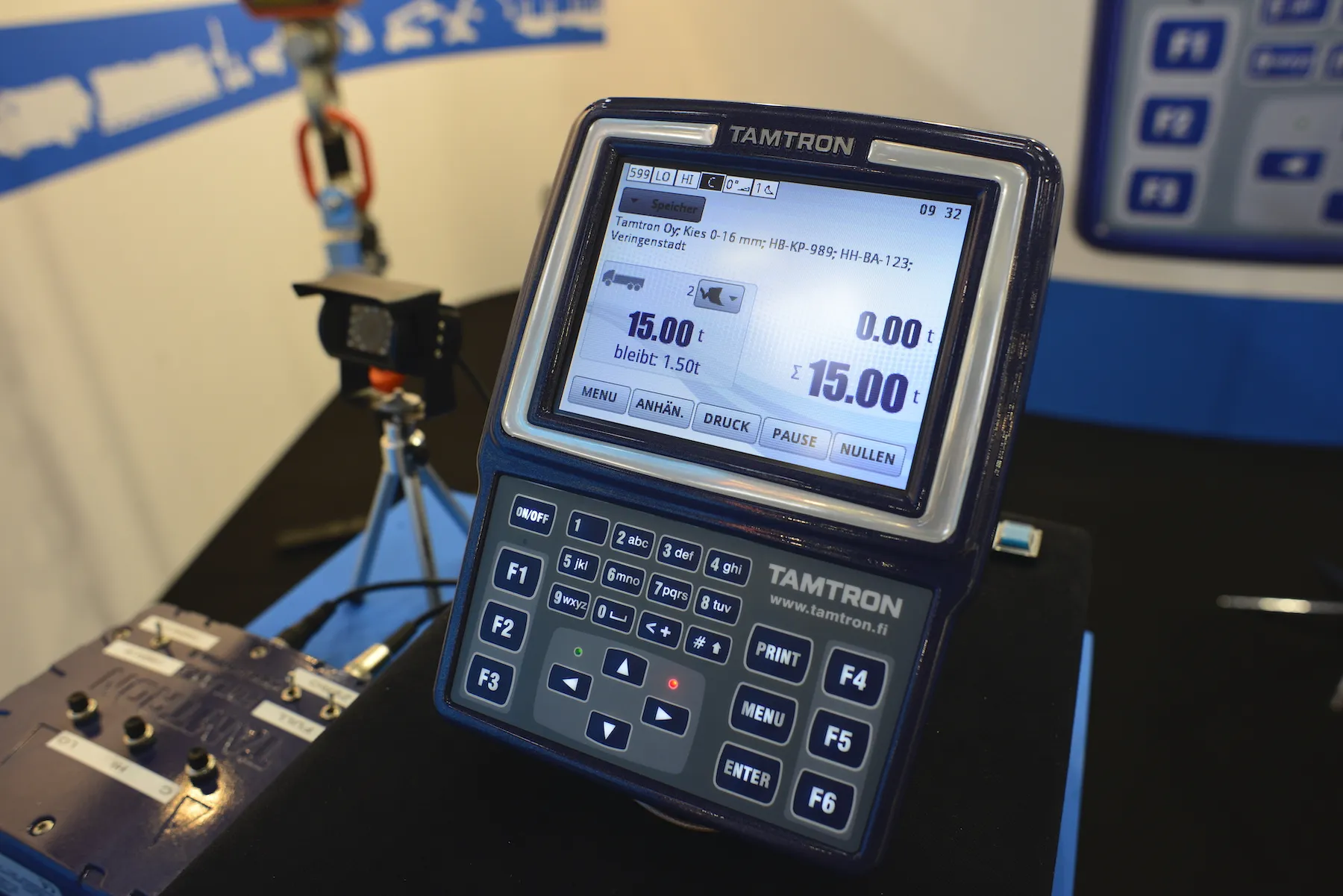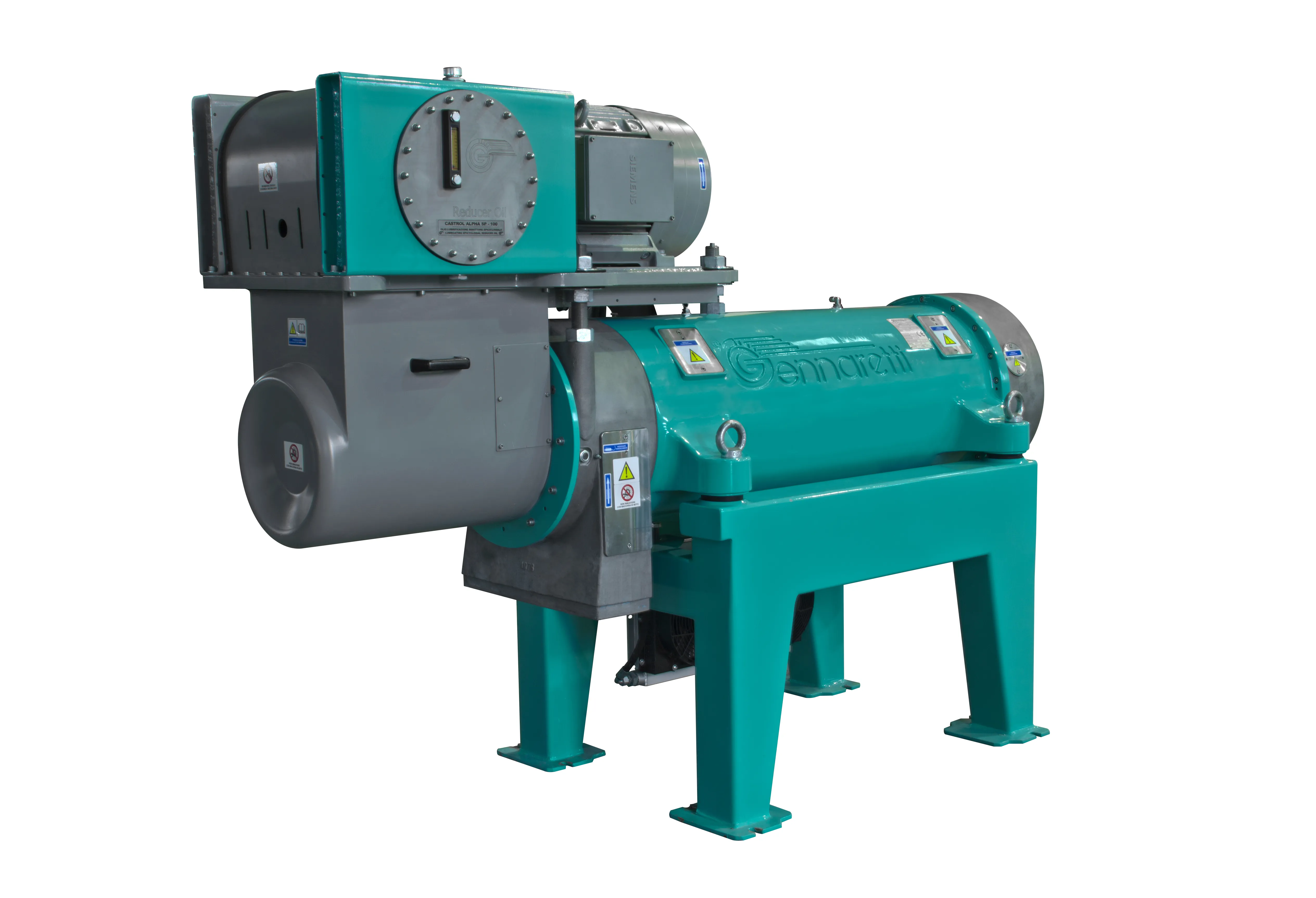Manitowoc will unwrap two new Grove rough-terrain cranes at Bauma: the RT550E and RT770E, as well as a new lattice-boom crawler crane. The 45tonne capacity RT550E offers the highest and longest boom in its class at 39m and, with a chassis length of just under 12m, a width of 2.55m and an operating weight of 29tonnes, the new machine is a compact crane that can run well within most national European road regulations for heavy machinery says Manitowoc. The RT550E also features the manufacturer’s new crane con
January 6, 2017
Read time: 3 mins

The 65tonne capacity RT770E features a lengthy 42m, five-section, full-power main boom on a compact 8m x 3.33m chassis. This gives customers extremely long reach and a five-section boom without having to upgrade to the bigger 70tonne to 80tonne crane class, where cranes are heavier on the road and take up more space on the job site, says Manitowoc. This enables the crane to fit into much tighter work spaces and eliminates the permitting needs that bigger and heavier cranes require for travel. Manitowoc argues that crane users across Europe and Africa have been asking the company to supply a rough-terrain crane in the 65tonne class that has a longer boom, and more manoeuvrability. The RT770E comes with a Cummins 6.7L engine, and has both four-wheel drive and four-wheel steering. It can be fitted with a 10.1m to 17.1m long bi-fold swing-away boom that combines with the main boom to 59.1m. The unit can extend its working radius out to 44 m.
Also look out for the new MLC165 lattice-boom crawler crane. This 165tonne capacity self-rigging crane is easy to assemble and disassemble, says Manitowoc, and it can install and remove its own counterweights and tracks without the need of a support crane. In addition, it has a 3m component width and modular assemblies for easy transport over the road and has been designed to suit the needs of contractors, bridge builders, steel erectors, and pile-driving firms. The maximum boom length of the crane is 84m and it offers an optional fixed jib and luffing jib. A new open-loop hydraulic system, served by two variable displacement piston pumps, give the 165tonne crawler more lifting power than other cranes of its class. Its maximum load moment is 762tonnemeters.
Stand: FGN.N1018/5
%$Linker:
%$Linker:








